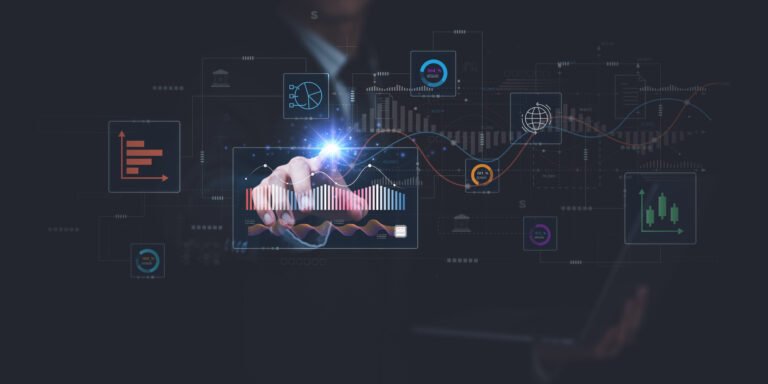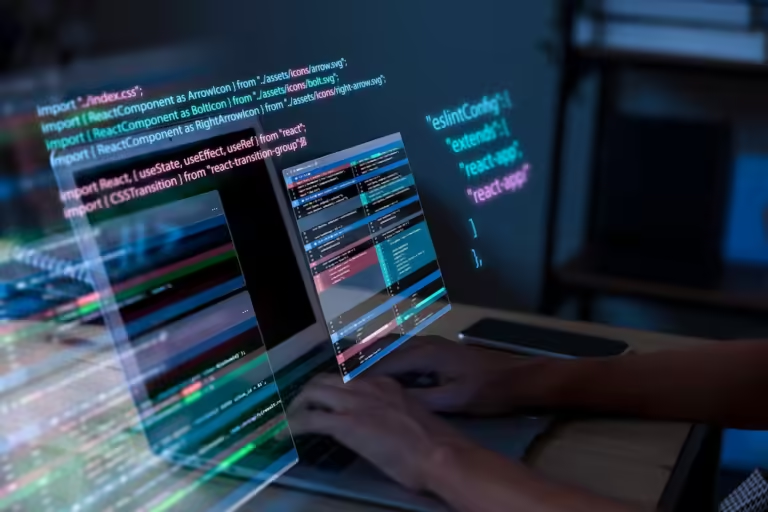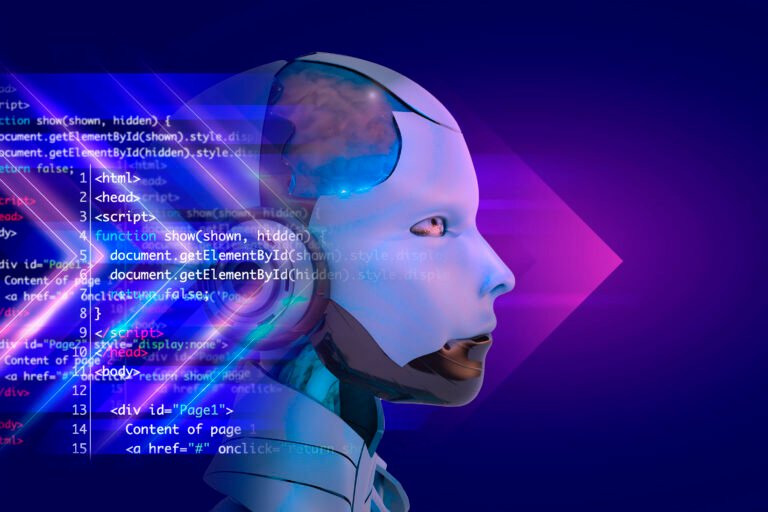Introduction
Artificial intelligence (AI) and automation are driving a significant revolution in web design as technology advances. With AI and automation simplifying the design process, creating smart, user-friendly, and highly customized websites is becoming more accessible than ever before.
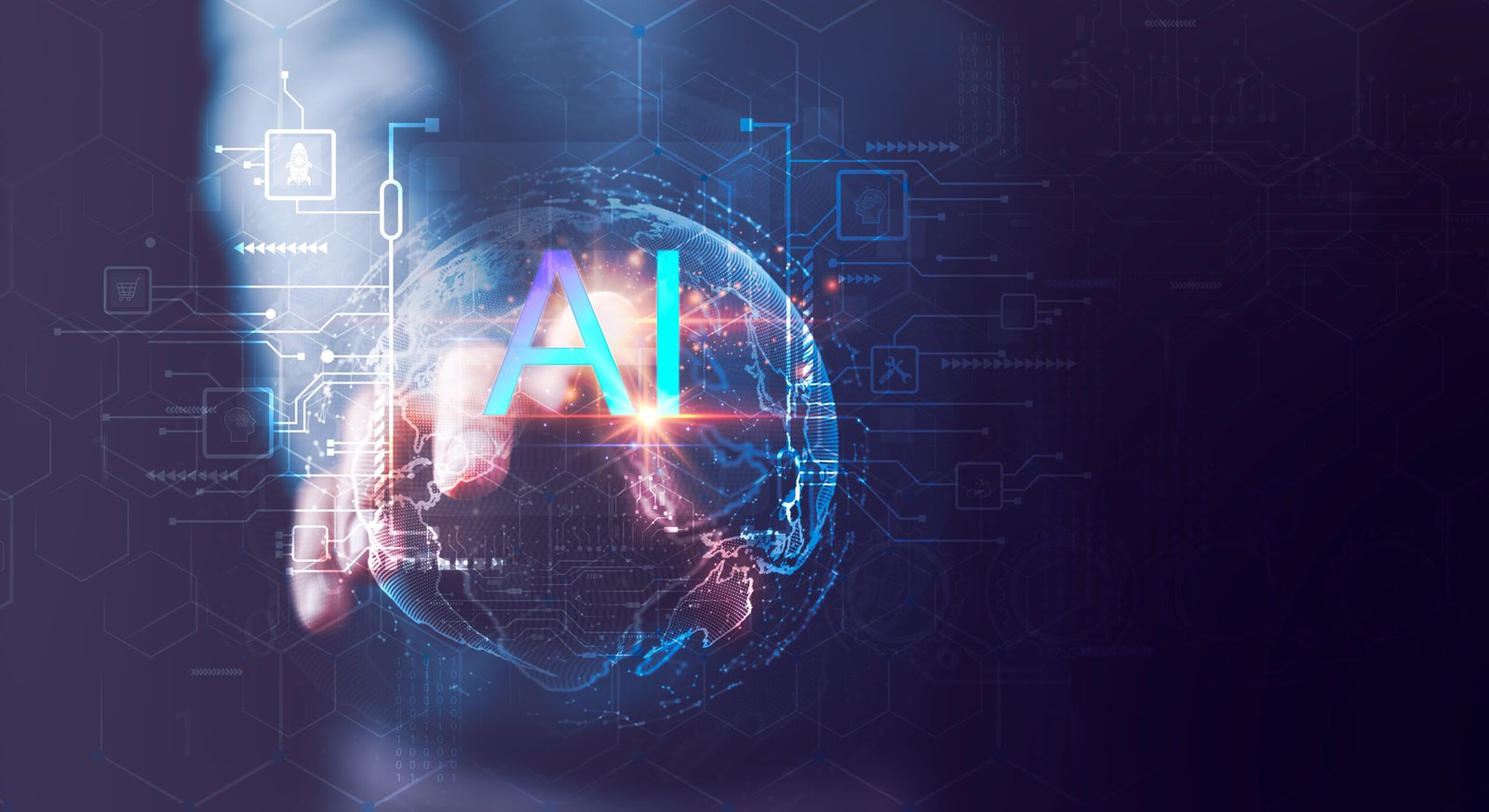
1. AI-driven website builders
In the past, creating a professional website needed a deep understanding of coding knowledge or employing a developer. But AI-driven website builders have made design more accessible. These platforms use AI algorithms to automatically create website layouts depending on user inputs.
- Vestibulum et ultrices posuere cubilia
- Quisque pellentesque nunc a lacus nunc condimentum elit
- Curabitur aliquam dolor at bibendum
- +200 dolor lacinia tempor orci dolor amet
- Morbi nec accumsan sem
2. Better User Experience through Personalization
AI’s ability to analyze and gather huge amounts of user data is revolutionizing how websites provide individualized experiences. Depending on user experiences, modern websites can constantly alter content, layout, or functionality based on user preferences.
- Vestibulum et ultrices posuere cubilia
- Curabitur aliquam dolor at bibendum
- +150 dolor lacinia tempor orci
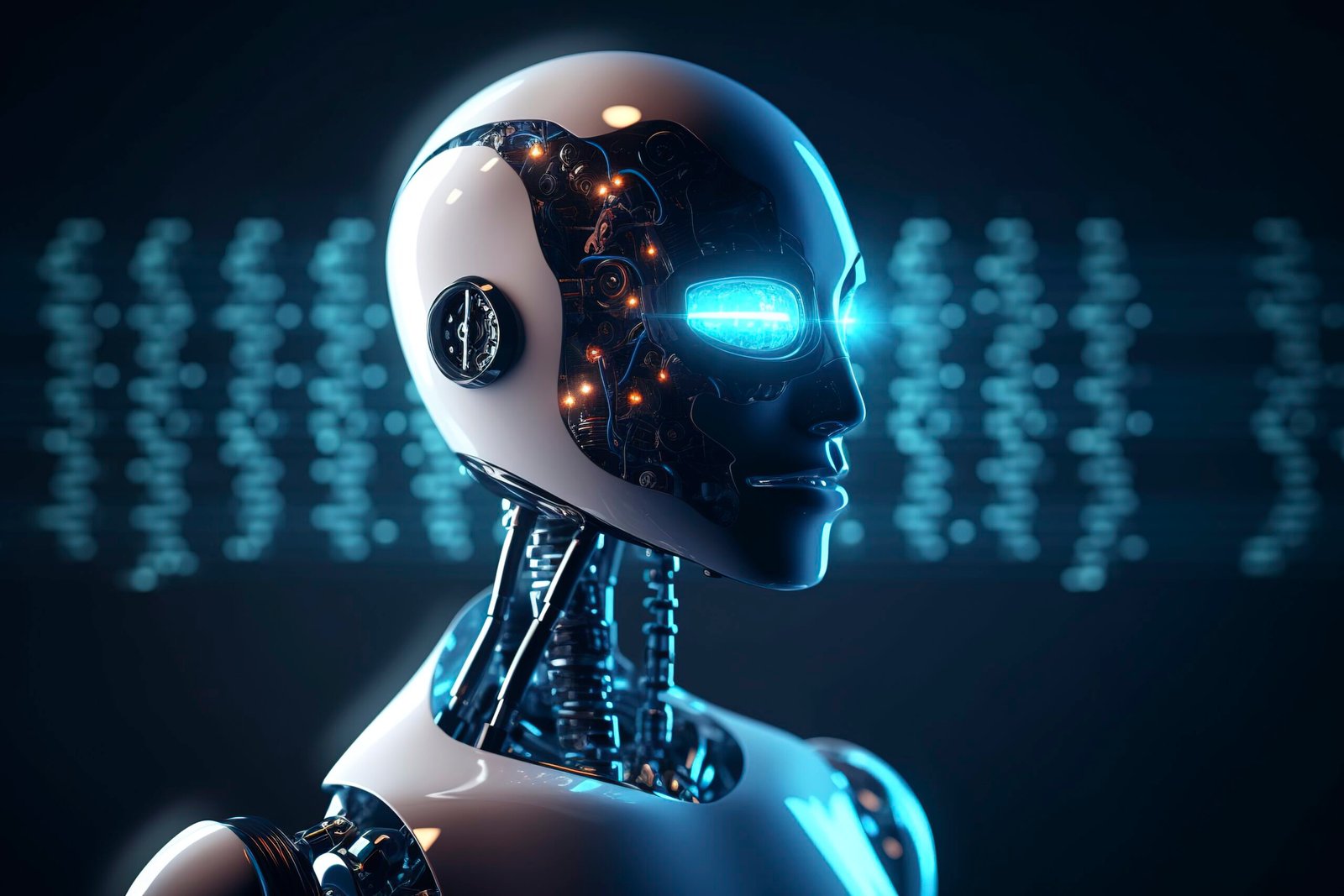
3. AI-Powered Design proposals
Other than automating processes, AI can also assist designers by making intelligent design suggestions. Design elements like color schemes, fonts, and layouts are analyzed by tools such as Adobe Sensei, which then offer recommendations to enhance the overall aesthetic.
Sed fringilla gravida lorem – amet tempor. In sit amet neque non tellus interdum tincidunt eget eu odio.
Aenean urna urna – semper sed consectetur sit amet, pretium eu ante. Nulla et consectetur ligula, ut fringilla velit. Interdum et malesuada fames ac ante ipsum primis in faucibus. Nulla sagittis vel ante sit amet tempor. In sit amet neque non tellus interdum tincidunt eget eu odio. Donec quis diam felis. Etiam id quam maximus, tempus justo at posuere est! Morbi nec accumsan sem. Suspendisse eget elit mauris. Phasellus velit nisi, lobortis quis nisi et, venenatis finibus velit. Integer non nibh eget arcu malesuada ullamcorper.
4. Automation of Testing and Maintenance
Maintaining and updating websites can be a time-consuming process, but automation makes the task simpler. Nowadays, automated programs can run usability tests, monitor site performance, and even fix issues without human participation. For example, Google Lighthouse can audit websites for performance, SEO, and accessibility, providing a roadmap for improvements.
5. Voice-Activated Interfaces
Voice-activated interfaces in web design are becoming popular as the use of voice assistants like increases. AI plays an important role in understanding voice commands there by helping users to browse websites and make purchases using spoken language.

6. Security and Compliance Enhanced by AI
7. The Rise of Chatbots and Virtual Assistants.
Chatbots and virtual assistants based on AI are already starting to change online customer support. In real time, they can help with purchases, guide customers through the web page, and provide solutions to frequently raised queries. Chatbots will become easier to use and provide a more smooth interface as these innovations develop.
Conclusion
AI and automation have an important place in the future of web design. The design process is growing more efficient due to these technologies, which also offer more customised user experiences and simplify maintenance and testing procedures. While human designers remain essential, artificial intelligence (AI) is evolving into a vital tool that promotes efficiency and innovation.


